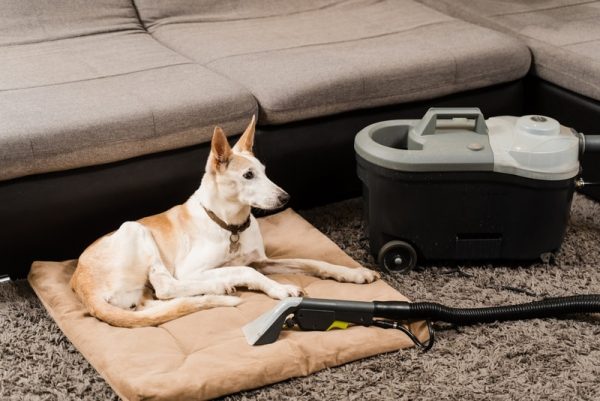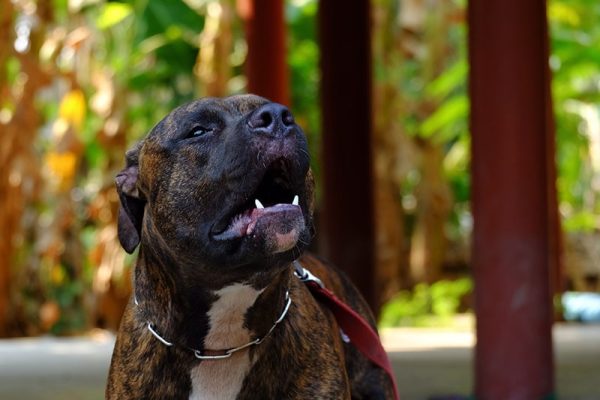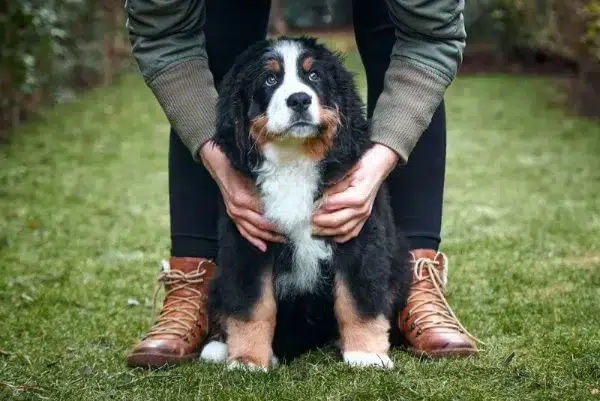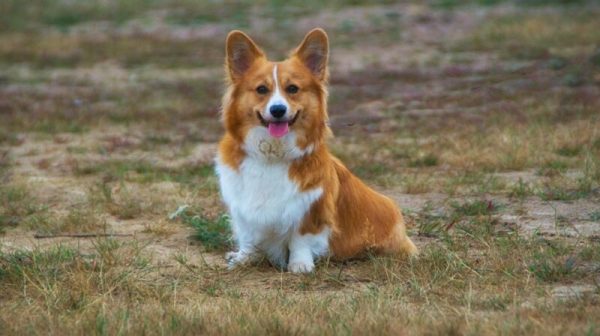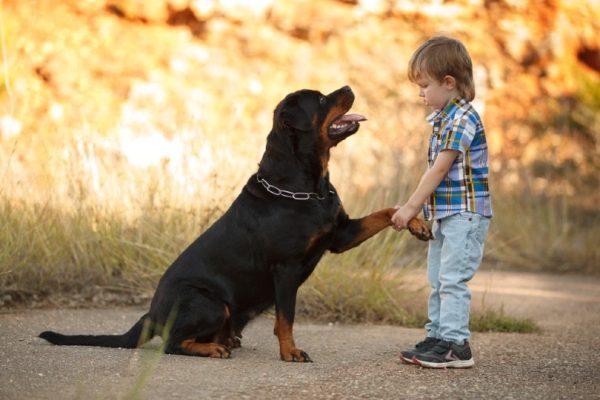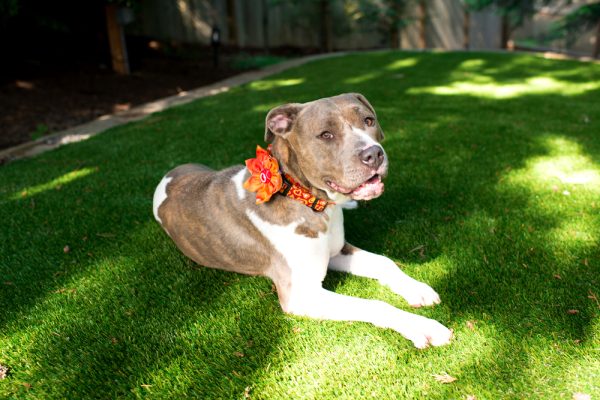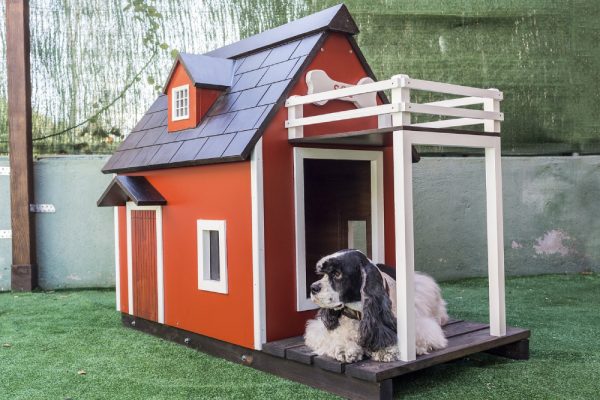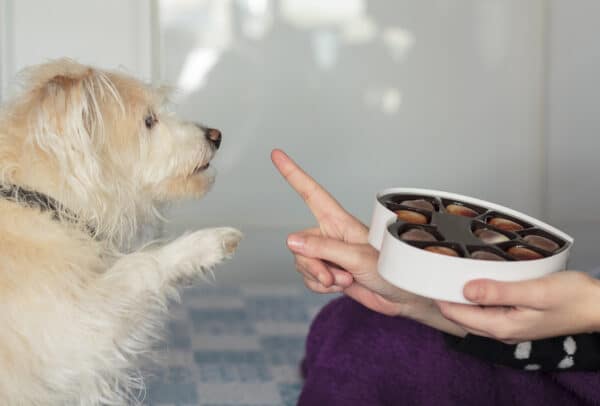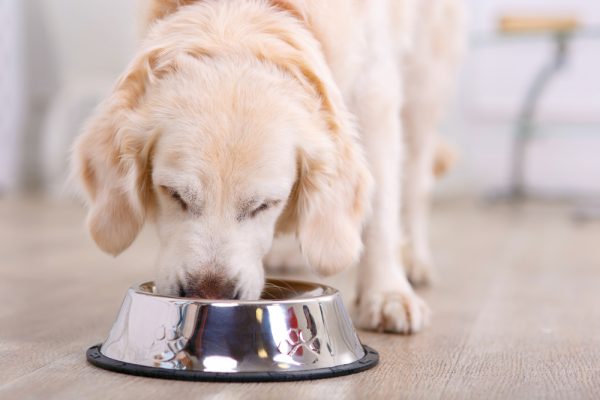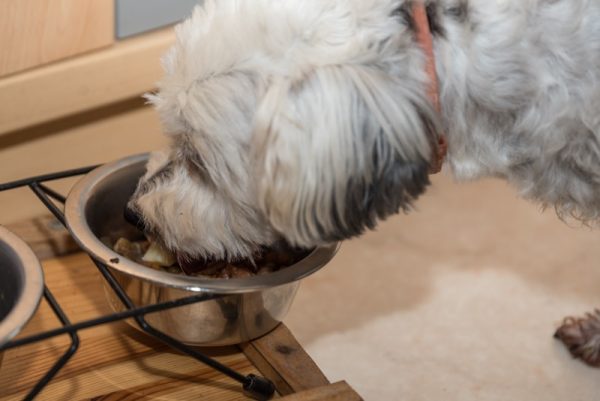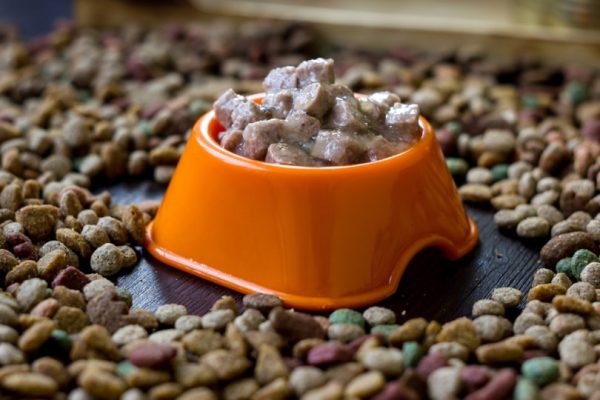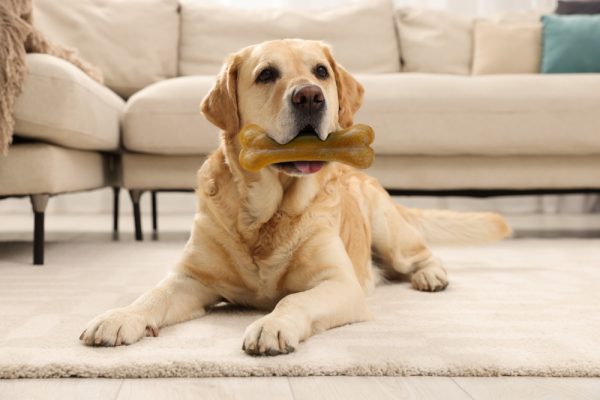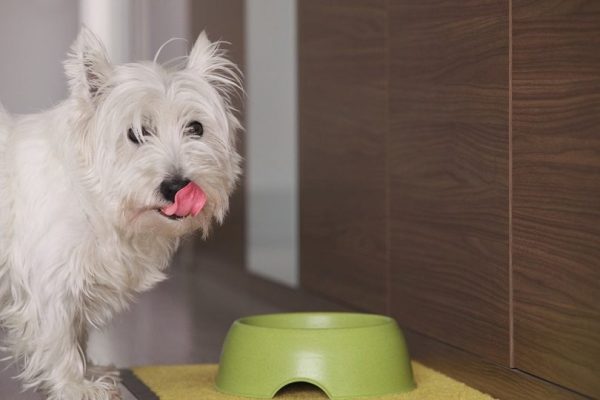In this article
Taking your dog on a walk is supposed to be fun and relaxing, but things can quickly become concerning if they eat something they aren’t supposed to. Dogs are naturally curious, so it isn’t surprising that they will occasionally scavenge.
With their keen sense of smell, even a carefully supervised dog could quickly eat something they picked up before you can react. If you have ever been in this situation, this article will guide you through what you should do.

What Should You Do If Your Dog Ate Something On a Walk?
Let’s look below at what you should do if your dog has eaten something on a walk.
1. Determine What They Could Have Eaten
You should first check what your dog has eaten. If you know it may be toxic or harmful you should contact your veterinarian straight away. However, it isn’t always possible to know if your dog has ingested the entire item or eaten it when you weren’t paying much attention. Keep in mind that your dog might try eating it again if there is more. So, keep them close to you and watch that they don’t do it again.
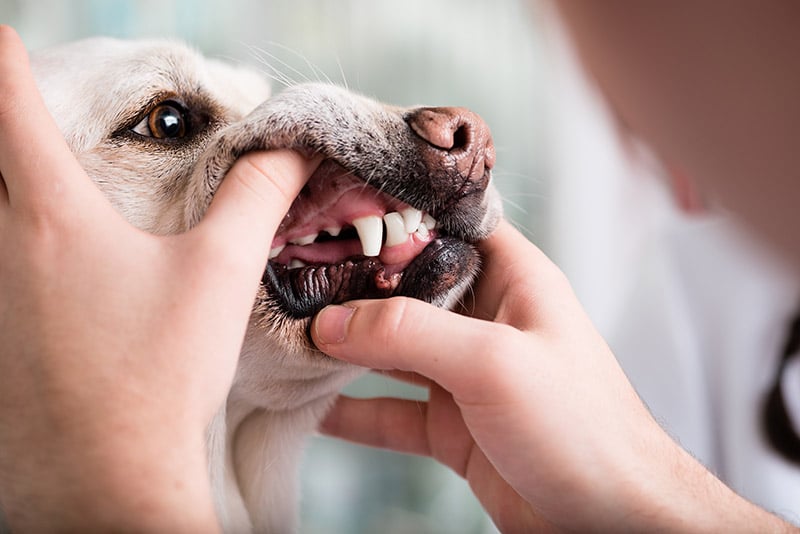
2. Take a Picture or Carry It Home
If you suspect your dog ate something harmful but are unsure about its identification, such as a plant you are concerned about may be toxic, you can take a picture of it or bring a sample home. You should keep the item in a secure bag your dog can’t access and contact your vet straight away for advice.
3. Contact a Veterinarian
If you are unsure what to do after your dog has eaten something on a walk, it is always best to contact a veterinarian for guidance. They can give you the most appropriate advice for your situation and dog. The treatment will vary depending on what they have (or may have) eaten, but acting fast will give the best outcome in all situations.
If you need to speak with a vet but can't get to one, head over to PangoVet. It's our online service where you can talk to a vet online and get the advice you need for your pet — all at an affordable price!

4. Monitor Your Dog’s Behavior
If you aren’t entirely sure about what your dog has eaten, you should monitor their behavior closely. Harmful items may be poisonous or may cause an intestinal blockage.
Signs your dog has eaten something harmful may include:
- Vomiting
- Lethargy
- Weakness
- Diarrhea
- Restlessness
- Panting
- Increased salivation
- Tremors
- Collapsing
It is essential to take your dog to an emergency veterinary hospital as soon as you notice any concerning signs.
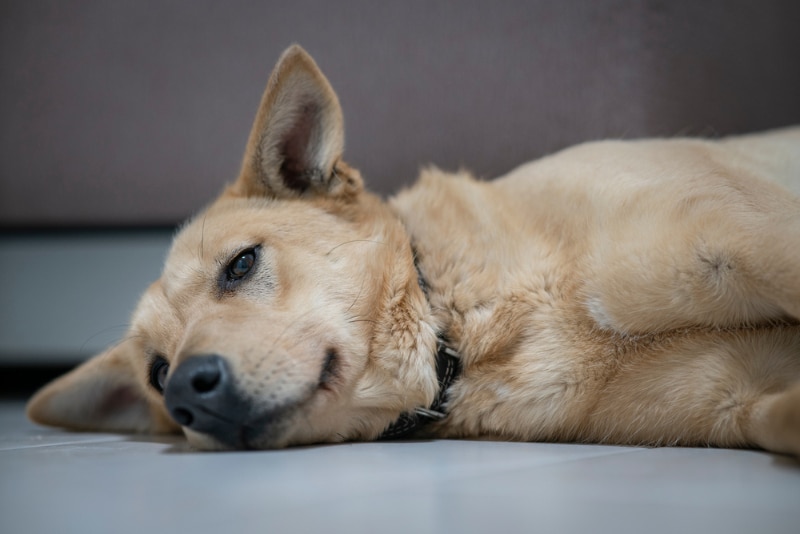
5. Do Not Induce Vomiting
Although you might mean well, it isn’t a good idea to induce vomiting unless a veterinarian has advised you to do so. Veterinarians know the safest and most effective ways to induce vomiting. In some situations, inducing vomiting is not an appropriate treatment and can do more damage.
There are also, unfortunately, several dangerous ways to induce vomiting in dogs at home that usually end up doing more harm than good. Making your dog vomit incorrectly could be life-threatening, so always seek guidance from veterinary professionals.

Tips to Help Deter Your Dog From Eating Things on a Walk
- Using a shorter leash when you walk your dog can be helpful. This allows you to keep a close eye on them and control them easily if they start eating stuff on a walk. Furthermore, you will be closer to your dog to intervene if they start eating something. If there is a particularly tempting area for scavenging on your regular walk, you may need to choose another route!
- Teach your dog “leave it” and “watch me” cues. It is helpful to practice these at home in a less exciting environment before trying them on walks.
- Keep walks fun and engage with your dog using games or toys to distract them from looking for items to scavenge.
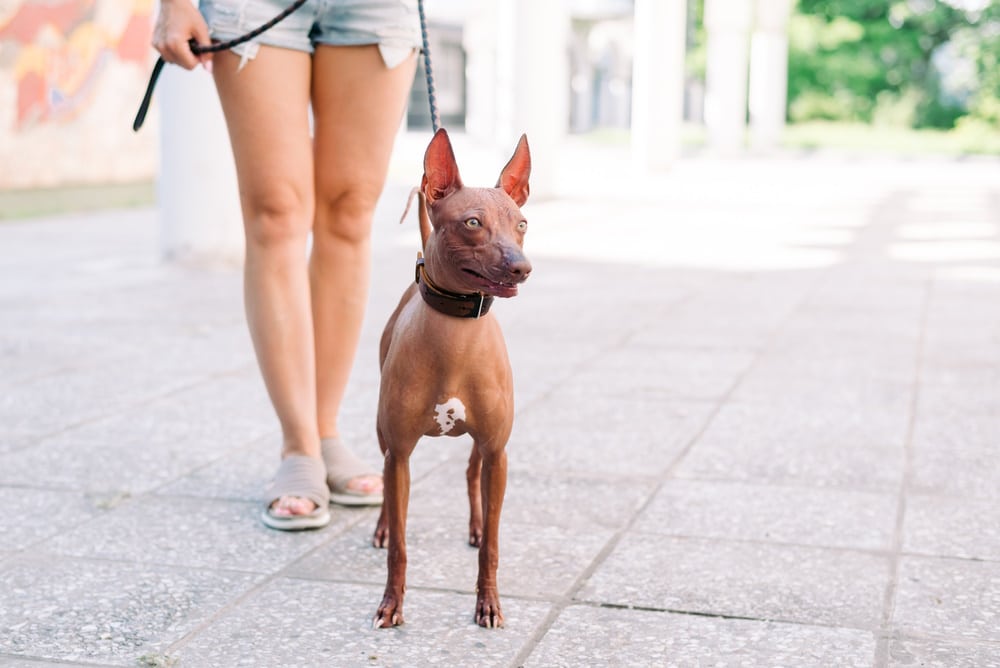

Final Thoughts
Having your dog eat something during a walk can be worrisome, especially if you don’t know what it is or if it is harmful. The best advice you can get for the situation is from a veterinarian, so don’t hesitate to contact them with your concerns. They can guide you through what you should do and whether they need to see your dog or not.
Be sure to monitor your dog’s behavior and look for signs of toxicity or obstruction. Of course, if you have already determined that your dog has eaten something toxic, they should be taken to the nearest emergency veterinary hospital immediately, and you should not wait for your dog to show signs of a problem.
See also:
- My Dog Ate a Silica Packet: What to Do (Vet Answer)
- My Dog Ate a Button: What to Do, Treatment & Prevention (Vet Answer)
Featured Image Credit: Pezibear, Shutterstock


